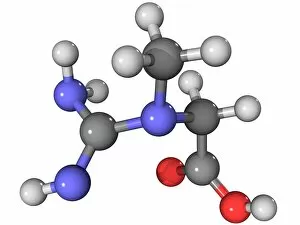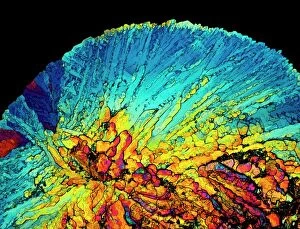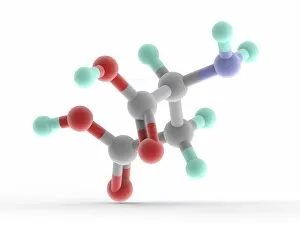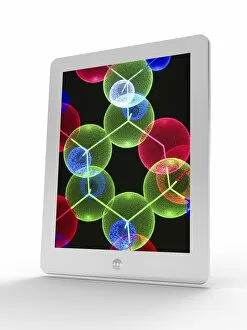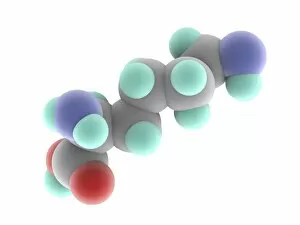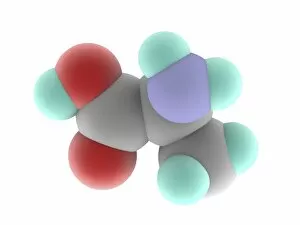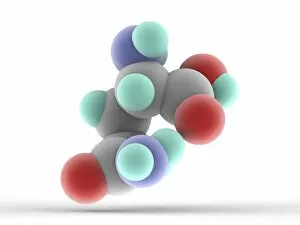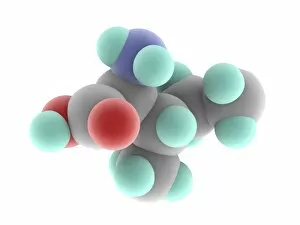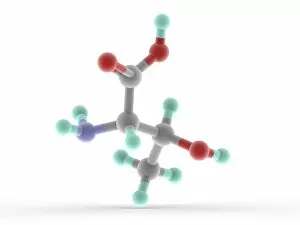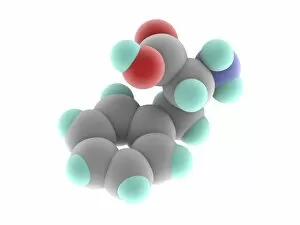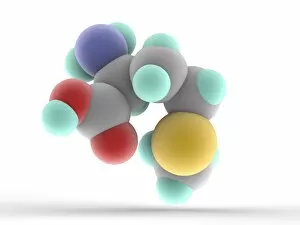Amino Acid Collection
Amino acids are the building blocks of life, essential for the creation and functioning of proteins within our bodies
All Professionally Made to Order for Quick Shipping
Amino acids are the building blocks of life, essential for the creation and functioning of proteins within our bodies. From the intricate structure of a creatine amino acid molecule to the mesmerizing beauty of insulin crystals under a light micrograph, these tiny entities hold immense power. In a captivating conceptual image, we witness the very essence of creation itself as amino acids come together to form complex structures. Among them, we find aspartic and serine molecules, each playing their unique role in sustaining life's delicate balance. The molecular models reveal an elegant dance between atoms that make up alanine, showcasing its significance in protein synthesis. Meanwhile, artwork depicting ricin A-chain and ricin molecules reminds us of both nature's wonders and potential dangers lurking within these compounds. As we explore further into this microscopic world, our gaze falls upon a circular DNA molecule floating amidst vast cosmic space—an awe-inspiring reminder that even at such minuscule scales, life is intricately connected with the universe around us. And in an unexpected twist linking science with technology, a tablet computer displays an insulin molecule—a testament to how scientific advancements have revolutionized healthcare by harnessing the power of amino acids for therapeutic purposes. These hints paint just a fraction of the incredible story behind amino acids—their versatility and importance cannot be overstated. Whether it be fueling muscle growth or regulating blood sugar levels through insulin production, they truly embody the marvels hidden within every living organism on Earth.

